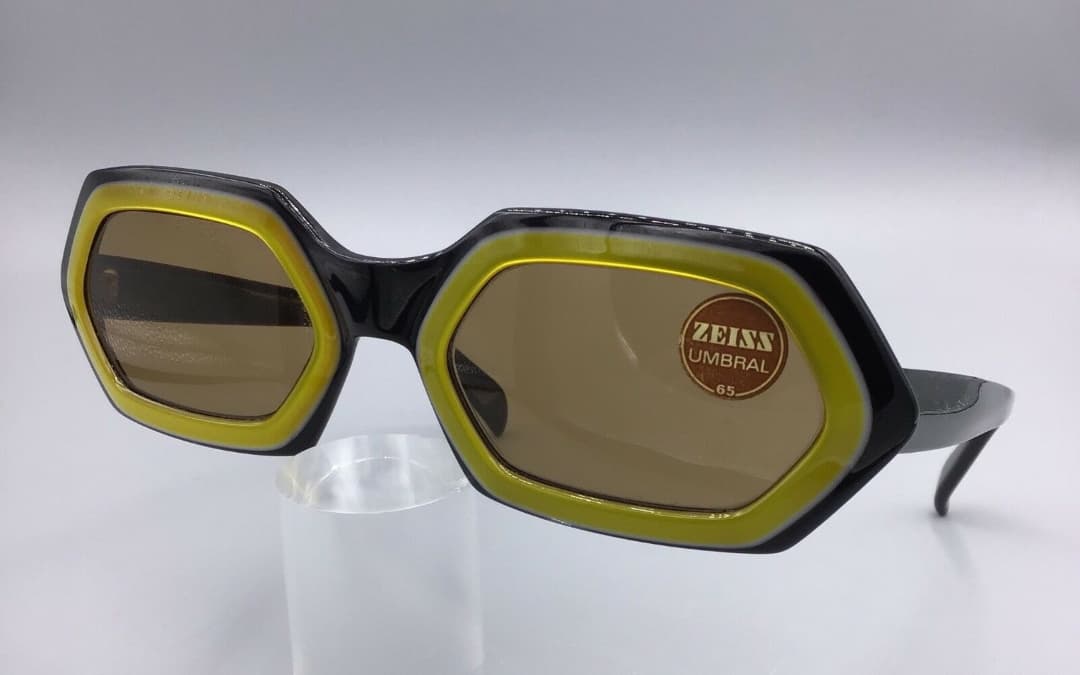HISTORY OF THE BRANDS: ZEISS
Zeiss
La storia dell’azienda Carl Zeiss
Carl Zeiss fonda l’omonima azienda nel 1846, a Jena, in Germania, per la produzione di apparecchi ottici di precisione, in particolare microscopi.
Zeiss punta sulla qualità del prodotto e questo gli permette di imporsi sul mercato. Il suo microscopio Stand I del 1857 riceve la medaglia d’oro all’esposizione industriale della Turingia del 1861 come migliore strumento per la ricerca prodotto in Germania.
Negli anni successivi, entrano a fare parte dell’azienda anche Ernst Abbe e Otto Schott che con il loro lavoro contribuiscono al successo della Zeiss.
Ernst Abbe introduce importanti innovazioni nel mondo dell’ottica, grazie al suo approccio scientifico nello studio dei materiali e dei progetti per gli schemi ottici. Infatti, si basa principalmente sul calcolo matematico e sulla fisica, e non su prove empiriche basate su tentativi ed errori che erano la consuetudine dell’epoca.
Il chimico Otto Schott inventa, tra l’altro, un nuovo vetro all’ossido di litio, con caratteristiche di purezza e uniformità uniche a quel tempo e il vetro borosilicato, resistente agli sbalzi termici e dal basso coefficiente di dilatazione (oggi noto anche col nome commerciale di Pyrex).
Nel 1888 muore il fondatore Carl Zeiss, l’anno in cui la sua azienda costruisce il microscopio numero 10.000, con 250 operai impiegati nella catena produttiva.
L’azienda dopo il suo fondatore
Nel 1900 la Zeiss conta 1.070 operai e si rivolge prevalentemente al mercato europeo, a causa di dazi che limitano le esportazioni verso il nuovo continente. Alcuni prodotti vengono così concessi in licenza a fabbriche americane, come la “Bausch and Lomb” di Rochester, New York, che pochi anni più tardi progetta gli occhiali Ray-Ban Aviator. Nel 1937 la Zeiss ha contatti commerciali e stabilimenti sparsi in più di 29 nazioni nel mondo.
Durante il regime nazista, l’azienda focalizza la produzione sugli strumenti militari. Dopo la seconda guerra mondiale e la divisione della Germania in settori, anche la Zeiss si scinde in due entità, la Zeiss di Stoccarda nella Germania Ovest e la Zeiss di Jena nella Germania Est sotto la gestione della Russia.
Oggi, la Carl Zeiss ha sede a Oberkochen, in Germania, ed è attiva a livello mondiale in ambito tecnologico per la produzione e commercializzazione di una vasta gamma di prodotti ottici, meccanici ed elettronici.
Il contributo della Zeiss al settore ottico
Carl Zeiss confidava fermamente sul metodo scientifico e sulla qualità del prodotto e questa importante caratteristica è stata mantenuta ed estesa a tutta la produzione anche dopo la sua morte. Inoltre, le grandi innovazioni apportate allo sviluppo di materiali e di tecnologie hanno contribuito all’evoluzione e crescita di tutto il settore dell’ottica con importanti applicazioni. Zeiss erano anche le lenti che hanno catturato le immagini dell’allunaggio del 1969.
Zeiss ha sviluppato nel tempo numerosi prodotti di altissima qualità come lenti per occhiali, binocoli, obiettivi fotografici, microscopi, planetari, telescopi, ecc. per settori che spaziano dal telerilevamento, all’astronomia, alla fotografia, alla ricerca medica e tecnologica.
The history of the company Carl Zeiss
Carl Zeiss founded the eponymous company in 1846, in Jena, Germany, to produce precision optical equipment, particularly microscopes.
Zeiss focuses on the quality of the product and this allows it to impose itself on the market. His 1857 Stand I microscope received the gold medal at the 1861 Thuringia Industrial Exhibition as the best research tool produced in Germany.
In the following years, Ernst Abbe and Otto Schott joined the company and contributed to Zeiss’ success.
Ernst Abbe introduced important innovations in the world of optics, thanks to his scientific approach to the study of materials and projects for optical schemes. In fact, it is based mainly on mathematical calculus and physics, and not on empirical evidence based on trial and error that were the custom of the time.
Chemist Otto Schott invented, among other things, a new lithium oxide glass, with characteristics of purity and uniformity unique at that time and borosilicate glass, resistant to thermal changes and low dilation coefficient (today also known as Pyrex).
In 1888, founder Carl Zeiss died, the year his company built the 10,000 microscope, with 250 workers employed in the production chain.
The company after its founder
In 1900, Zeiss had 1,070 workers and was mainly targeted at the European market, due to tariffs that limited exports to the new continent. Some products are thus licensed to American factories, such as the “Bausch and Lomb” in Rochester, New York, which a few years later designed Ray-Ban Aviator glasses. In 1937, Zeiss had business contacts and factories in more than 29 countries around the world.
During the Nazi regime, the company focused production on military instruments. After World War II and the division of Germany into sectors, Zeiss also split into two entities, the Zeiss of Stuttgart in West Germany and the Zeiss of Jena in East Germany under the management of Russia.
Today, Carl Zeiss is headquartered in Oberkochen, Germany, and is active worldwide in technology for the production and marketing of a wide range of optical, mechanical and electronic products.
Zeiss’ contribution to the optical sector
Carl Zeiss was firmly confident in the scientific method and the quality of the product and this important feature was maintained and extended to all production even after his death. In addition, major innovations in the development of materials and technologies have contributed to the evolution and growth of the entire optics industry with important applications. Zeiss were also the lenses that captured the images of the 1969 landing.
Zeiss has developed over time numerous products of the highest quality such as glasses, binoculars, photographic lenses, microscopes, telescopes, etc. for sectors ranging from remote sensing, astronomy to medical and technological research.
